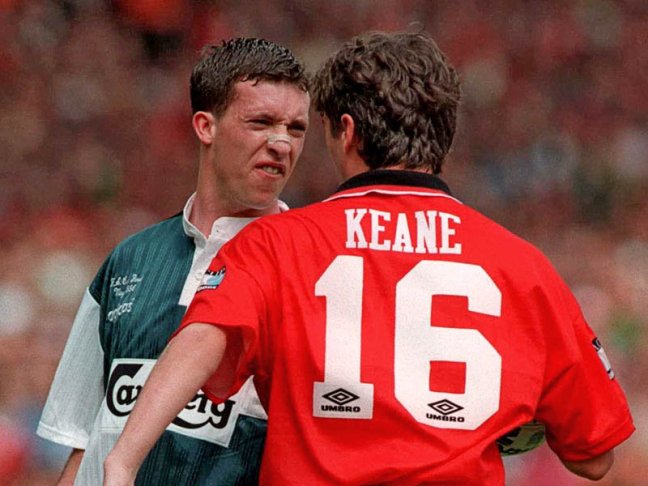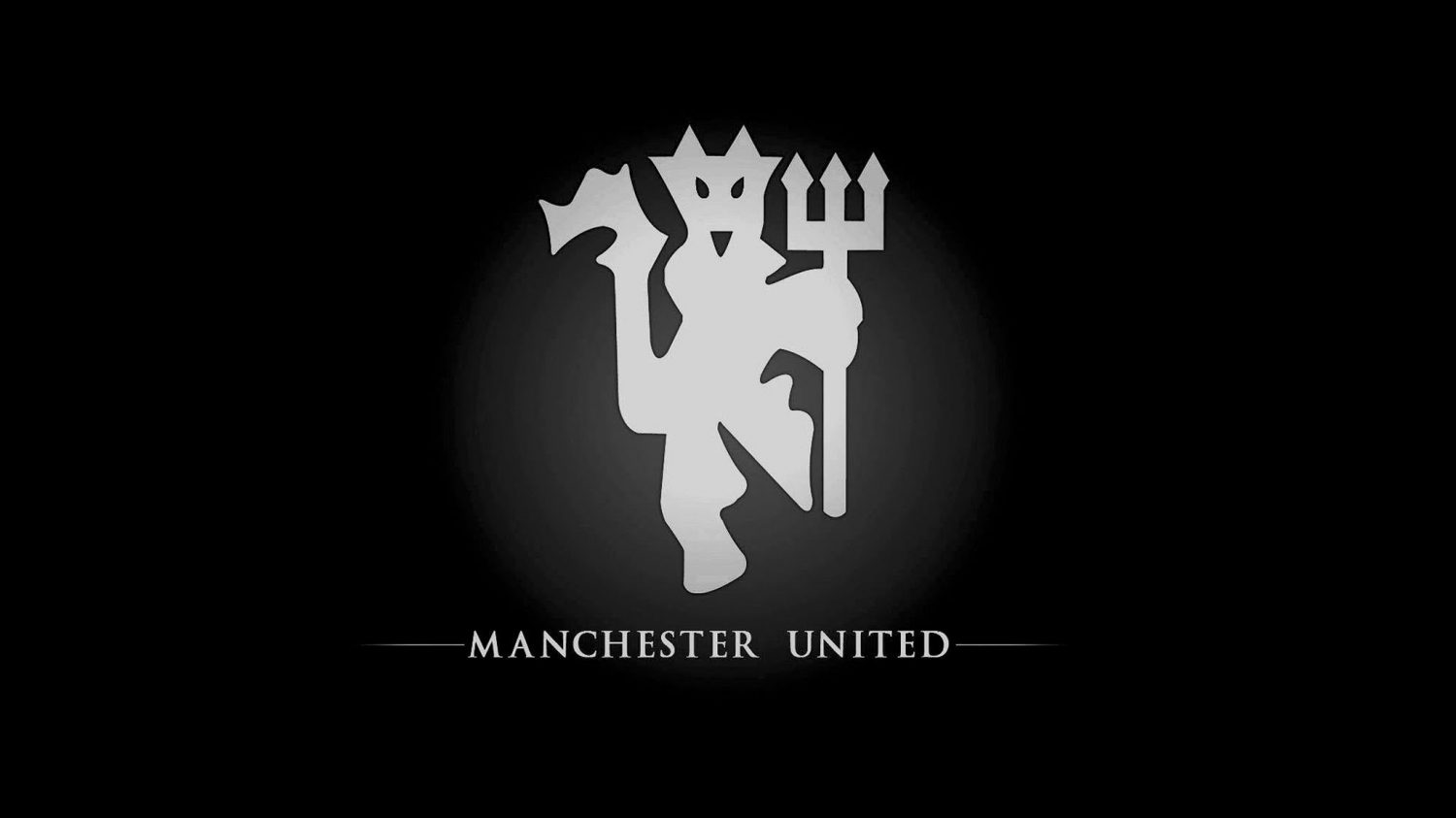The United number 7 is a shirt that carries plenty of history, albeit in recent times a jersey that was held by gifted yet ultimately lightweight talents. While the club is looking for a worthy successor to don the fabled number 7, José Mourinho is fully aware that a new number 16 could be required sooner rather than later.
We have been told time and time again that the key to international (and European) football is possession. There is no better English player to Michael Carrick playing the possession game which makes it hard for me to see why he has been overlooked time and time again. With England failing time and time again at an international stage, could Michael Carrick have held the key to success? He has never really been able to nail down a place in the England team, often being overlooked and shunted aside to make way for Steven Gerrard, Frank Lampard and Gareth Barry; a decision which continues to baffle everyone even today.

Only two players have worn the number 16 of Manchester United: enigmatic Roy Keane and the metronomic Michael Carrick. He is entering the twilight of his career there’s now a question eerily similar to that posed when Keane departed Old Trafford. “Who will be the new Michael Carrick?”
The query seems straightforward enough, but what it implies is that Mourinho should search for a direct replacement and there are very few high quality options to fill Carrick’s boots. The most obvious choice is Paris Saint Germain’s Marco Verratti, while Borussia Dortmund’s highly rated Julian Weigl has also been mentioned in the conversation. It is perhaps just as pertinent to consider whether United should look for a Carrick clone at all.

This much was as true when Keane left Old Trafford in 2005. Carrick is many things, but a copy of the Cork man he is not. That did not stop Carrick from successfully defining himself as an extremely effective midfielder to the point where the Geordie is practically indispensable. Simply put, whenever Carrick has played this season United, more often than not, has won.
In the question of succession, Mourinho must consider whether he wants United to operate with a deep-lying playmaker, in the Carrick mould, or whether he prefers to alter the way the midfield functions. Mourinho should know – he has worked with some of the best over his career, coaching Claude Makélélé, Xabi Alonso, Esteban Cambiasso and Luka Modrić. The Portuguese is more than capable of assembling different types of midfield to suit his need. It seems Mourinho’s vision for his team appears to be one filled with powerful, quick, athletic technicians.
Last summer’s transfer dealings certainly indicate that Mourinho is heading in that direction, given what Zlatan Ibrahimović, Paul Pogba, Eric Bailly and, to a lesser degree, Henrikh Mkhitaryan offer on the pitch. There has been a noticeable effort to make the starting team more powerful, taller and stronger, which may explain Mourinho’s decision to start Marouane Fellaini at the beginning of his Old Trafford tenure. Though the Portuguese manager admitted that it’s a “pity” Michael Carrick isn’t 10 years younger, he is fully committed to retooling the team. In all likelihood that means the ‘Carrick role’ could soon become a thing of the past. Not least because, as noted, there are very few identikit Carrick replacements. Once the Geordie hangs up his boots the position will become open to new interpretation.
It may be that Carrick’s successor will have a more limited scope, simply being instructed to screen the defence and offload possession to more attack-minded players. Alternatively, Mourinho may look to build a more fluid midfield, where the middle three are comfortable switching roles, enabling a new number 16 to attack, while still expecting them to be defensively responsible.
The crux is that just like there was never a new Keane, despite Liam Miller’s best efforts, there probably won’t be a new Carrick either. Indeed, the incumbent has a unique mix of defensive nous and attacking intelligence that makes him a vital cog in United’s team even at the age of 35, and even after Mourinho had mentally discarded the player last summer.
Moreover, it is noticeable that those who have tried to fill Carrick’s shoes have not quite been capable of pulling it off. Any notion that a direct replacement is needed overlooks the fact that very few players can do what the Geordie can.
United discovered the hard way that a like-for-life search is nigh on impossible in the wake of Keane’s departure. While Carrick is a very different type of player to the Irishman, it makes sense that whoever inherits the number 16 will have to make the position their own. No cheap imitations here.
The transition will not be easy either. Indeed, Carrick suffered plenty of lows at United before truly commanding the position. His presence in midfield is no doubt calming right now, but in the grand scheme of things Carrick is a player that is just aiding the transition from a post-Ferguson United to a Mourinho outfit. Ultimately, the Portuguese manager has very different demands of his squad.
For the successor there will be comparisons to Carrick once a new recruit is found. It’s the easiest route to an analytical critique. That form of evaluation will blind pundits and supporters alike to whatever new tactical requirements Mourinho will inevitably ask of his new player.
The question to be asked is now, is how the role will be redefined after the Geordie’s eventual departure, and not simply “who will be the new Michael Carrick?”


One thought on “Number 16: WHAT’S IN A NUMBER?”